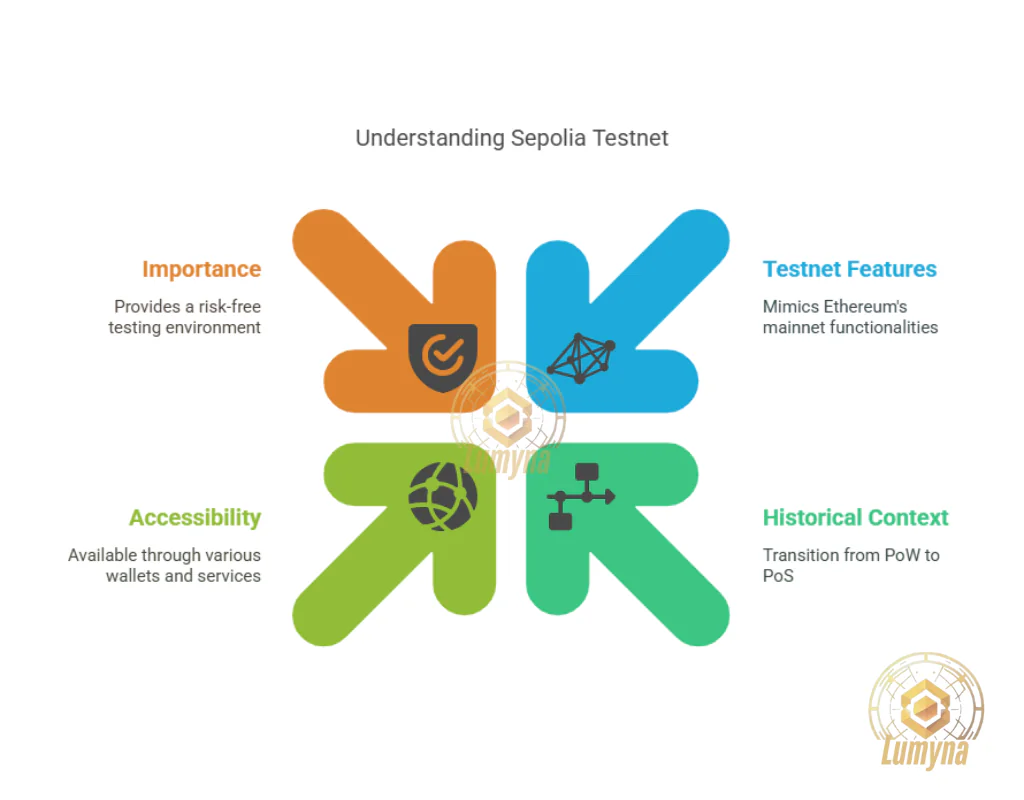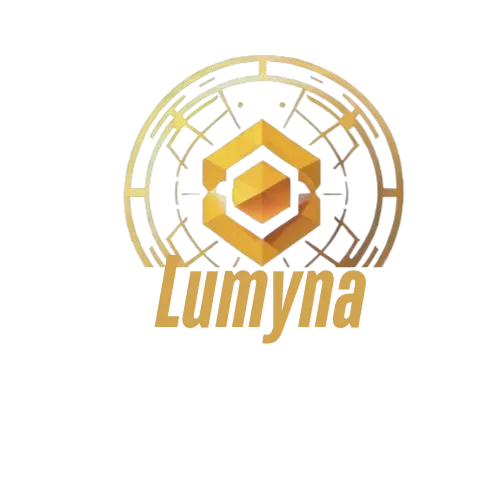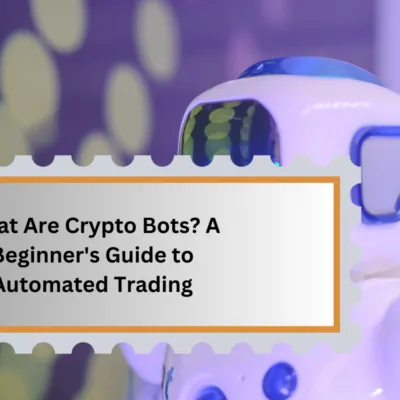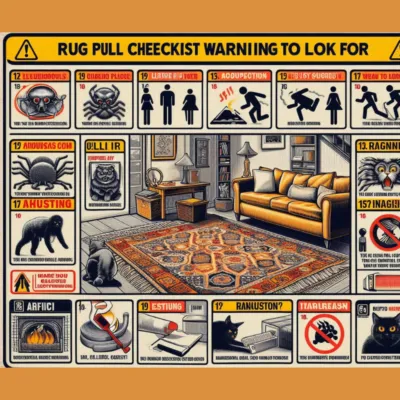The Ethereum Sepolia Testnet has emerged as a vital tool for developers and blockchain enthusiasts looking to explore Ethereum’s ecosystem without risking real funds. Whether you’re new to blockchain development or a seasoned coder testing decentralized applications (dApps), understanding Sepolia is a great starting point. In this comprehensive beginner’s guide, we’ll break down the 5W and H (Who, What, When, Where, Why, and How) of the Sepolia Testnet, compare it to other testnets, answer related questions, and provide a step-by-step guide to adding it to MetaMask. Let’s dive in!

What is the Ethereum Sepolia Testnet?
The Ethereum Sepolia Testnet is a public test network designed to replicate the Ethereum mainnet’s functionality in a risk-free environment. It allows developers to deploy and test smart contracts, dApps, and other blockchain projects using test Ether (Sepolia ETH), which has no real-world value. Launched in October 2021, Sepolia transitioned to a Proof-of-Stake (PoS) consensus mechanism after Ethereum’s Merge, making it a close mirror of the mainnet. This testnet is ideal for beginners and professionals alike, offering a sandbox to experiment without financial stakes.
Why Use the Sepolia Testnet?
Testing on Ethereum’s mainnet requires real Ether (ETH), which can be costly and risky, especially for beginners. Sepolia eliminates this barrier by providing free test ETH through faucets, enabling users to simulate transactions, debug code, and refine projects. Its PoS structure and active community support make it a reliable choice for ensuring your dApp performs as expected before going live.
Let’s explore the Sepolia Testnet to give you a clear understanding.
Who Uses the Sepolia Testnet?
The primary users of Sepolia are:
- Developers: Building and testing smart contracts or dApps.
- Beginners: Learning blockchain concepts without spending real money.
- Ethereum Community: Validators and contributors maintaining the network.
- Testers: Experimenting with Ethereum updates or Layer 2 solutions.
What is the Sepolia Testnet?
Sepolia is a Proof-of-Stake testnet that mimics Ethereum’s mainnet. It supports smart contract deployment, transaction processing, and block production, all powered by test ETH. Unlike mainnet ETH, Sepolia ETH is free and distributed via faucets, making it accessible to anyone.
When Was Sepolia Introduced?
Sepolia launched in October 2021 as a Proof-of-Work (PoW) testnet. Following Ethereum’s Merge in 2022, it shifted to PoS, aligning with the mainnet’s upgrade. It’s now a long-term supported testnet, expected to remain active at least until 2026.
Where Can You Access Sepolia?
Sepolia is a public network, accessible globally through wallets like MetaMask or services like GetBlock, Alchemy, and Infura. You can connect via RPC endpoints and interact with it using tools like Remix IDE or Hardhat.
Why is Sepolia Important?
Sepolia offers a safe, cost-effective environment for:
- Testing: Ensure smart contracts work before mainnet deployment.
- Learning: Gain hands-on blockchain experience.
- Innovation: Experiment with new ideas without financial risk. Its uncapped test ETH supply and active maintenance make it a preferred choice over deprecated testnets like Ropsten or Goerli.
How Does Sepolia Work?
Sepolia operates similarly to Ethereum’s mainnet but uses a permissioned validator set for efficiency. Developers connect their wallets, acquire test ETH from faucets, and deploy contracts or run transactions. Its PoS mechanism ensures low resource demands, making it easy to sync and use.
Comparison Guide: Sepolia vs. Other Ethereum Testnets

To understand Sepolia’s role, let’s compare it to other Ethereum testnets:
| Feature | Sepolia | Goerli | Holesky | Ropsten |
|---|---|---|---|---|
| Consensus | Proof-of-Stake | Proof-of-Stake | Proof-of-Stake | Proof-of-Work (Deprecated) |
| Launch Date | October 2021 | 2018 | 2023 | 2016 |
| Status | Active, Recommended | Active, Deprecating Soon | Active, Validator-Focused | Deprecated |
| Test ETH Supply | Uncapped | Limited | Uncapped | Limited |
| Use Case | dApp Development, Testing | General Testing | Validator Testing | Early Testing (Obsolete) |
| Accessibility | Easy via Faucets | Faucets (Some Restrictions) | Faucets Available | Limited Faucets |
| Storage Demand | Low | Moderate | Low | High |
Key Takeaways
- Sepolia: Best for dApp development with easy test ETH access.
- Goerli: Still used but nearing deprecation; faucets are restrictive.
- Holesky: Focuses on validator testing, less beginner-friendly.
- Ropsten: Outdated and no longer supported.
For beginners, Sepolia stands out due to its active support, PoS alignment with mainnet, and abundant test ETH.
How to Add the Sepolia Testnet to MetaMask
Adding Sepolia to MetaMask is simple and allows you to start experimenting immediately. Follow this step-by-step guide:
Step 1: Install MetaMask
- Download and install the MetaMask extension from metamask.io if you haven’t already.
- Set up a wallet by creating a new account or importing an existing one.
Step 2: Access Network Settings
- Open MetaMask in your browser.
- Click the network dropdown at the top (it likely says “Ethereum Mainnet”).
- Select “Add Network” from the bottom of the list.
Step 3: Enter Sepolia Network Details
- Click “Add a network manually” and input the following:
- Network Name: Sepolia Testnet
- New RPC URL: https://sepolia.infura.io/v3/YOUR-INFURA-API-KEY (or use a free endpoint from Alchemy/GetBlock)
- Chain ID: 11155111
- Currency Symbol: ETH
- Block Explorer URL: https://sepolia.etherscan.io
- Replace “YOUR-INFURA-API-KEY” with your API key if using Infura, or use a public RPC like https://rpc.sepolia.org.
Step 4: Save and Switch
- Click “Save”.
- MetaMask will switch to the Sepolia Testnet. If not, manually select it from the network dropdown.
Step 5: Get Test ETH
- Visit a Sepolia faucet like Alchemy’s Sepolia Faucet or QuickNode.
- Paste your MetaMask wallet address and request test ETH (some faucets may require a small mainnet ETH balance or GitHub login).
Now you’re ready to test on Sepolia!
Related Questions About Sepolia Testnet
1. Can I Use Sepolia ETH on the Mainnet?
No, Sepolia ETH is only valid on the Sepolia Testnet. It has no real value and cannot be transferred to the Ethereum mainnet.
2. How Often Can I Get Test ETH?
Most faucets allow daily requests (e.g., 0.05–0.1 Sepolia ETH), though limits vary by provider. Check faucet rules for specifics.
3. Is Sepolia Safe for Testing?
Yes, Sepolia is a secure, community-supported testnet. However, always use a separate wallet for testing to avoid exposing mainnet funds.
4. What Happens if I Send Mainnet ETH to Sepolia?
Sending mainnet ETH to a Sepolia address will result in permanent loss, as the networks are separate. Always double-check your network settings.
Tips for Beginners Using Sepolia Testnet
- Start Small: Deploy simple smart contracts to understand gas fees and transaction flow.
- Use Block Explorers: Track your transactions on Sepolia Etherscan.
- Leverage Tools: Combine Sepolia with development platforms like Remix or Truffle for a smoother experience.
- Join Communities: Engage with Ethereum developer forums or Discord channels for support.
Why Sepolia is Perfect for Beginners
For those new to blockchain, Sepolia offers an accessible entry point. Its alignment with Ethereum’s PoS mainnet ensures you’re learning relevant skills, while its free test ETH removes financial barriers. Compared to older testnets like Ropsten or Kovan, Sepolia’s active maintenance and uncapped token supply make it a future-proof choice for experimentation.
Conclusion
The Ethereum Sepolia Testnet is a powerful resource for anyone looking to explore blockchain development. By understanding the 5W and H, comparing it to other testnets, and following our MetaMask setup guide, you’re well-equipped to start testing today. Whether you’re coding your first smart contract or refining a dApp, Sepolia provides a safe, cost-free environment to grow your skills. Ready to begin? Add Sepolia to MetaMask, grab some test ETH, and start building your blockchain future!




